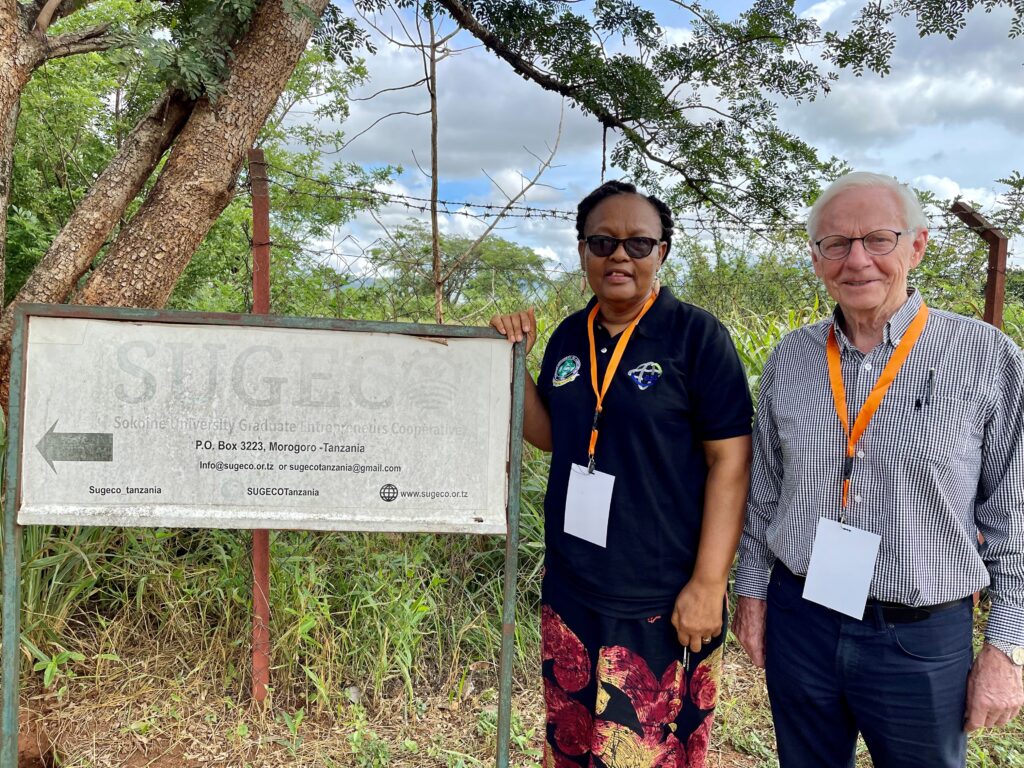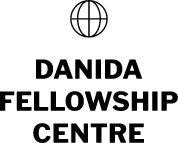How a little seed money triggered interdisciplinary collaboration and sustainability. A BSU story of Change from Sokoine University of Agriculture
23-01-24

RESUME: The Building Stronger Universities programme had been running along nicely at the Sokoine University of Agriculture for about eight years. Then came 2020 when the Covid-19 pandemic disturbed everything. The players in the programme had long talked about collaborating across the thematic areas and, when some new project funding was made available, they decided to give it a try. We planned a pilot project involving a fishpond, chicken and cattle farms and a digester that used residual material from agricultural production to produce biogas. The residue from the biogas production would then be recycled to enrich the soil. The project was approved and is now underway.
For all intents and purposes, this circular economy pilot plant is a conventional project. However, what went on “between the lines” is an essential part of the story and must not be overlooked. The author Olav Jull Sørensen’s time spent building good relationships and developing the team members’ capabilities and capacity pays off, and about crossing what at times are sticky organisational and cultural borders and contentious scientific positions. All of this is fundamental for new ideas to emerge. In this case, if there had been no new ideas, the pilot biogas plant would never have seen the light of day!
By Olav Jull Sørensen, Professor Emeritus, Aalborg University
It all began 12 years ago when the Building Stronger Universities (BSU) programme started. Sokoine University of Agriculture (SUA) in Tanzania and a consortium of four Danish universities (Copenhagen University, the Technical University of Denmark, Aarhus University and Aalborg University) met to develop and agree on a platform for collaboration. Three thematic areas were hammered out, each of them linking the Danish universities with departments at SUA: aquaculture, agricultural ecology and agricultural value chains. Funding was shared equally, activities were defined and initiated, and the three thematic areas generally lived their own lives within their own agendas for about eight years. Then came 2020 when the Covid-19 pandemic struck and disturbed everything.
Seed money
There were rumours circulating that an extraordinary albeit small allocation from unallocated funds was on its way. Not often do you get such nice surprises. The amount of money was indeed not enormous. What to do? All along, we had discussed how to go about collaborating and aligning our three thematic areas, how to leave the comfort zones of our disciplines and become more interdisciplinary. We felt the pressure to gain more insight by having a wider range of input related to sustainability and the circular economy – to save the planet, to contribute to social equality and to assure economic development.
It made no sense to divide the ‘pocket money’ into three, that would have been the easiest thing to do. Instead, we took up the challenge to synthesise our thematic areas in a new agricultural circular economy project.
Designing a circular economy project
The project was designed and submitted for funding. It was accepted. Many ideas had been aired, but in the end three stood out:
- Focus on agricultural circular economy
- Focus on building a circular economy research team of young SUA graduates
- Focus on cross departmental collaboration (interdisciplinarity)
We planned to carry out a pilot project on the SUA campus involving a fishpond, chicken and cattle farms and a digester that used residual material from agricultural production to produce biogas. The residue from the biogas production would then be recycled to enrich the soil. Perhaps this was a bit ambitious for such a small project, but we saw it as a necessary step in learning about circular economy, interdepartmental collaboration and research team building.
Implementation
Yes, the project is under way. We identified six young graduates from across four departments and, although they met up and discussed their ideas, we all know how difficult it is to find time for even exciting new projects when you have a busy schedule with teaching, marking, meetings and other projects.
It turned out that the decision to include a two-month visit to Denmark for the young SUA research team in the project design was a wise one. This gave them the opportunity and time to get to know the Danish partners and each other and build up the mutual trust needed to become a team.
On their field trips during their stay, they could observe how Danish researchers were dealing with both socio-economic and technical aspects of the circular agenda. They discovered that Danish researchers at the various universities can have different agendas and do not necessarily agree. It was therefore not a simple case of knowledge transfer. Instead, the young SUA researchers were inspired by what they saw in Denmark and adapted some of the technology in the development of a small digester for the pilot CE plant back home. It is now up and running. Two small research projects have since been formulated. One is to test the plant’s effectiveness in terms of producing biogas from different compositions of agricultural residuals. The other focuses on what kinds of residuals are available on farms, how they are being used today, and how to compile them for use in a digester. This kind of knowledge is crucial for scaling up the project for commercial use in the villages.
For all intents and purposes, the circular economy pilot plant is a conventional project. However, what went on “between the lines” is an essential part of the story and must not be overlooked. That story is about how we established a young research team and spent time building good relationships, and developing the team members’ capabilities and capacity. It was about crossing what at times were sticky organisational and cultural borders and contentious scientific positions. All of this was fundamental for new ideas to emerge, and if there had been no new ideas, the pilot biogas plant would not have seen the light of day!
Edited by Kate Girvan
Go back to our stories
